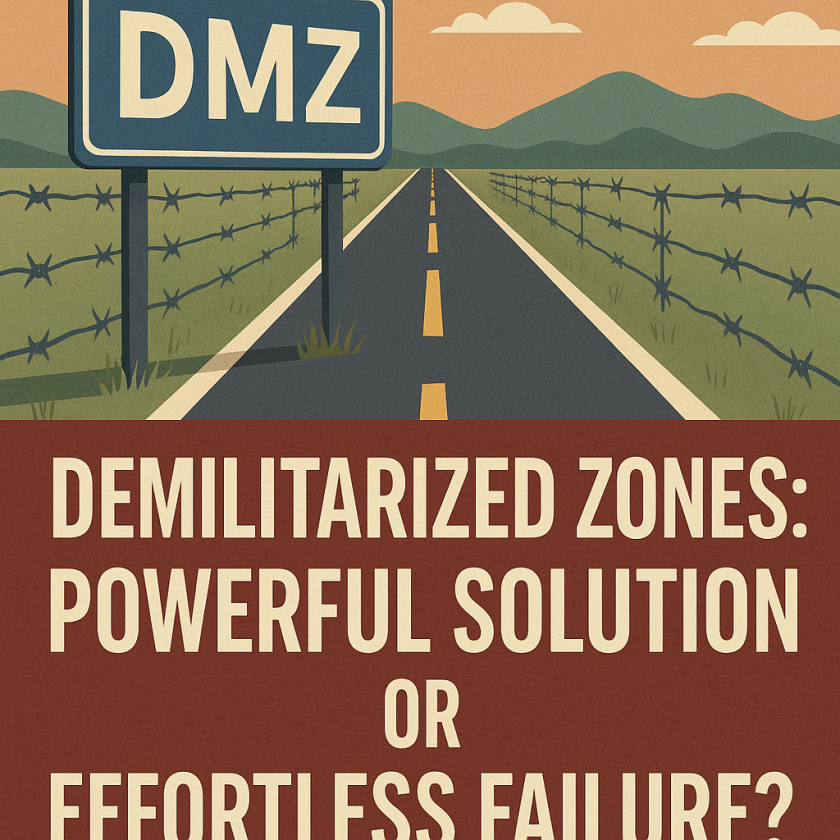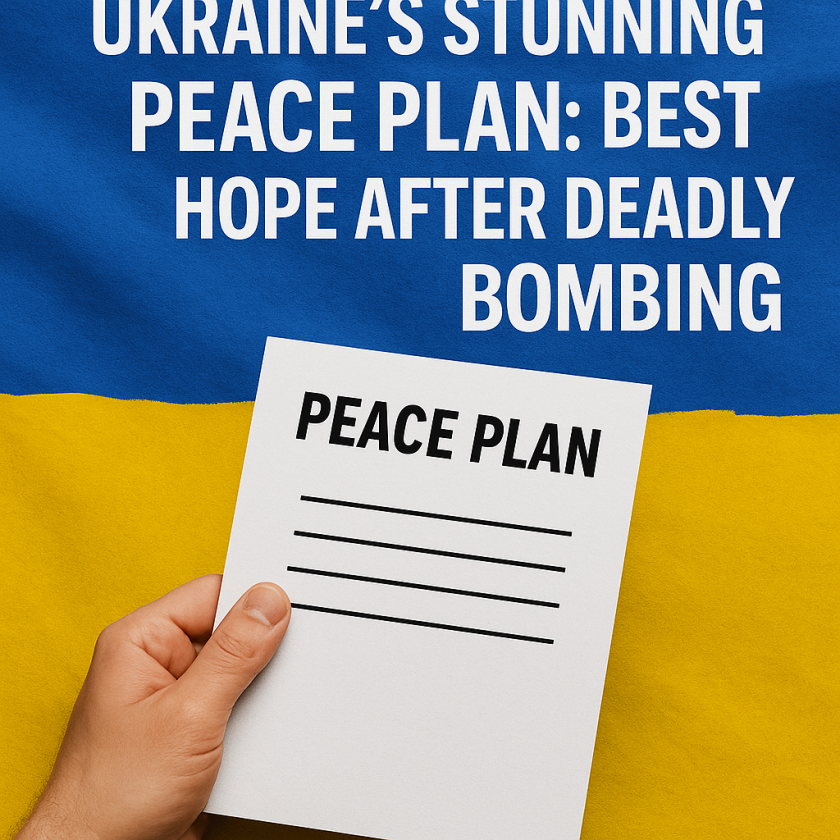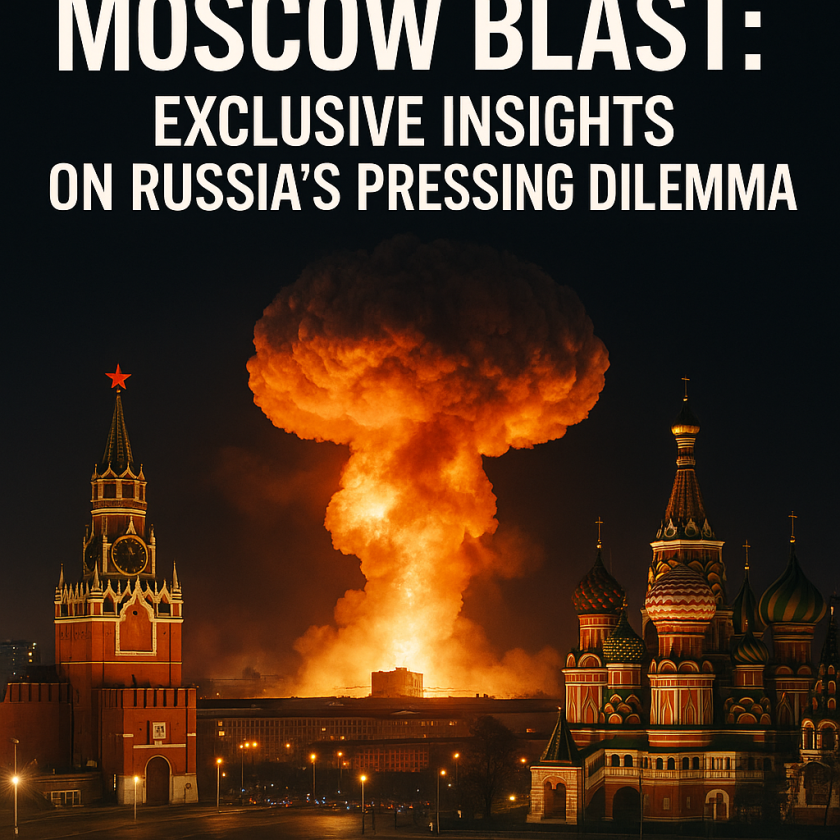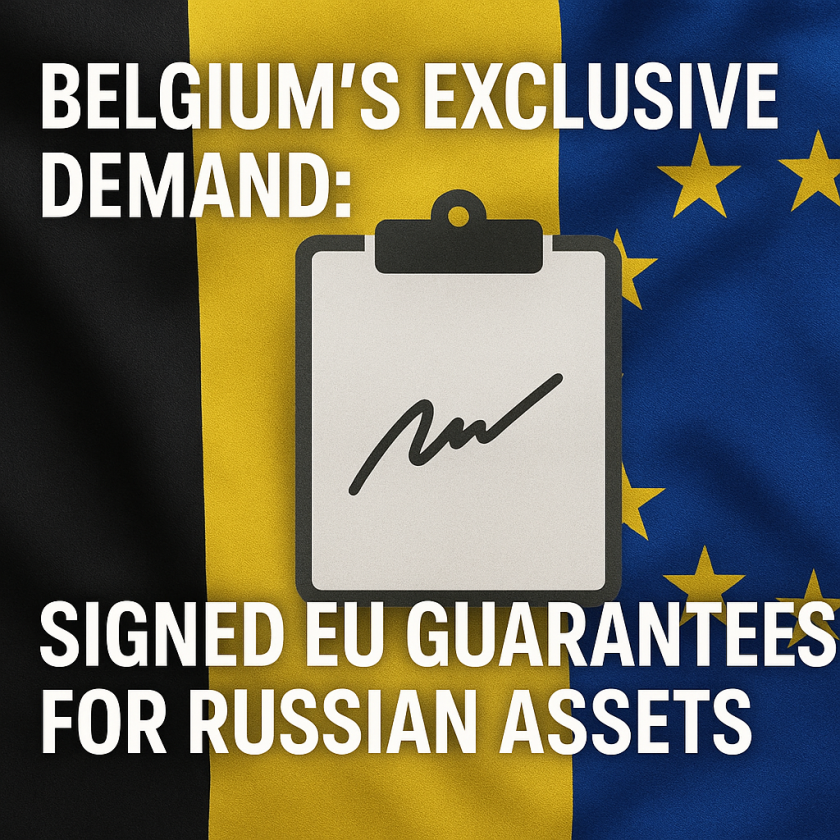US Is ‘Done’ Funding Ukraine — Shocking Decision Explained
US Is ‘Done’ Funding Ukraine — Shocking Decision Explained
The United States has recently made headlines with its stark declaration that it is “done” funding Ukraine in its ongoing struggle against Russian aggression. This decision has sparked widespread debate and raised questions about the future of U.S.-Ukraine relations, military strategy, and the geopolitical landscape. In this article, we will explore various perspectives on this surprising turn of events, the implications of such a stance, and what it could mean for both the U.S. and Ukraine moving forward.
The Context of U.S. Financial Support for Ukraine
For nearly two years, the U.S. has been a primary supporter of Ukraine, providing financial aid, military supplies, and diplomatic backing against Russian incursions. Reports indicate that assistance has amounted to hundreds of billions of dollars, aimed at bolstering the Ukrainian military and humanitarian efforts. However, the current sentiment among some U.S. lawmakers, particularly following the midterm elections, travels a different path.
Diverging Perspectives on Funding Ukraine
In weighing the rationale behind U.S. funding hesitance, opinions vary significantly among American lawmakers and political commentators.
1. Fiscal Responsibility Concerns: Some politicians argue that with escalating national debt and domestic challenges, additional support for Ukraine may not be justifiable. Critics cite the need for prioritizing U.S. interests over foreign commitments. As Senator Rand Paul expressed, “We need to consider our own citizens who are facing economic difficulties,” raising questions about the impact of prolonged financial support on domestic issues.
2. Strategic Military Considerations: On the flip side, proponents of continued funding assert that supporting Ukraine is pivotal for U.S. strategic interests. They argue that halting funding could embolden Russian aggression not just against Ukraine but in other geopolitical hotspots. Experts warn that a less assertive U.S. response may lead to adverse consequences globally, potentially undermining decades of established international norms.
3. International Implications: International relations experts caution that the implications of the U.S. decision extend beyond Ukraine. A reduction in funding might signal to other nations, particularly adversarial actors like China, that the U.S. might retreat from its global commitments. The consequences could reshape alliances and provoke further instability in regions where U.S. interests align with those of its allies.
Assessing the Broader Impact of This Decision
Domestic Reactions: Split Opinions
Within the U.S., public opinion reflects a diverse range of views regarding ongoing support for Ukraine. Some polls indicate a waning enthusiasm for continued financial aid, with many Americans advocating for a focus on pressing domestic issues like healthcare, infrastructure, and education. Others believe that maintaining strong ties with Ukraine is strategically vital to safeguarding democracy in the region and protecting against authoritarianism.
– Support for Continued Funding: Groups advocating for continued assistance argue that the U.S. has a moral obligation to support democratic governments under threat. They posit that the costs of intervening are dwarfed by the potential consequences of inaction.
– Calls for Reassessment: Conversely, there are growing calls for a reassessment of the aid strategy, emphasizing conditional support that ties funding to specific accountability measures from Ukraine. Legislative discussions have begun to include stipulations for oversight and transparency in how funds are allocated.
Future Prospects: A Path Forward?
As the U.S. navigates its funding policy, the way forward involves complexities. Potential avenues include:
– Conditional Aid: Future financial support might require Ukraine to demonstrate specific commitments in governance and military strategy.
– Engagement with Allies: Instead of solely unilateral funding, the U.S. could work alongside NATO and other allies to distribute the financial burden and enhance collective security measures.
– Long-term Diplomatic Strategies: The U.S. might also focus on seeking diplomatic resolutions and negotiating peace, easing the immediate financial pressures while laying the groundwork for future engagements.
Conclusion: The Uncertain Road Ahead
The decision for the U.S. to signal that it is “done” funding Ukraine raises several questions about its long-term implications both domestically and internationally. As lawmakers debate the path forward, it is critical to consider the multifaceted nature of such decisions—balancing domestic priorities with international responsibilities. Ultimately, the outcomes of these discussions will shape the future of U.S. involvement in Ukraine and impact global geopolitics for years to come.






































